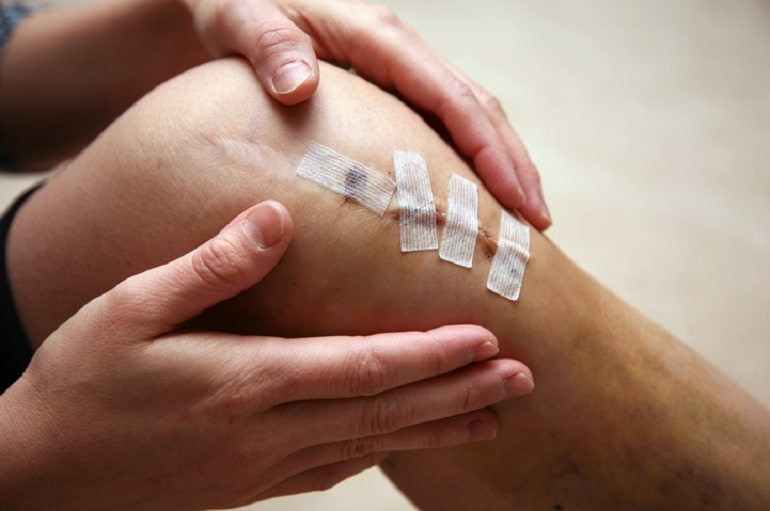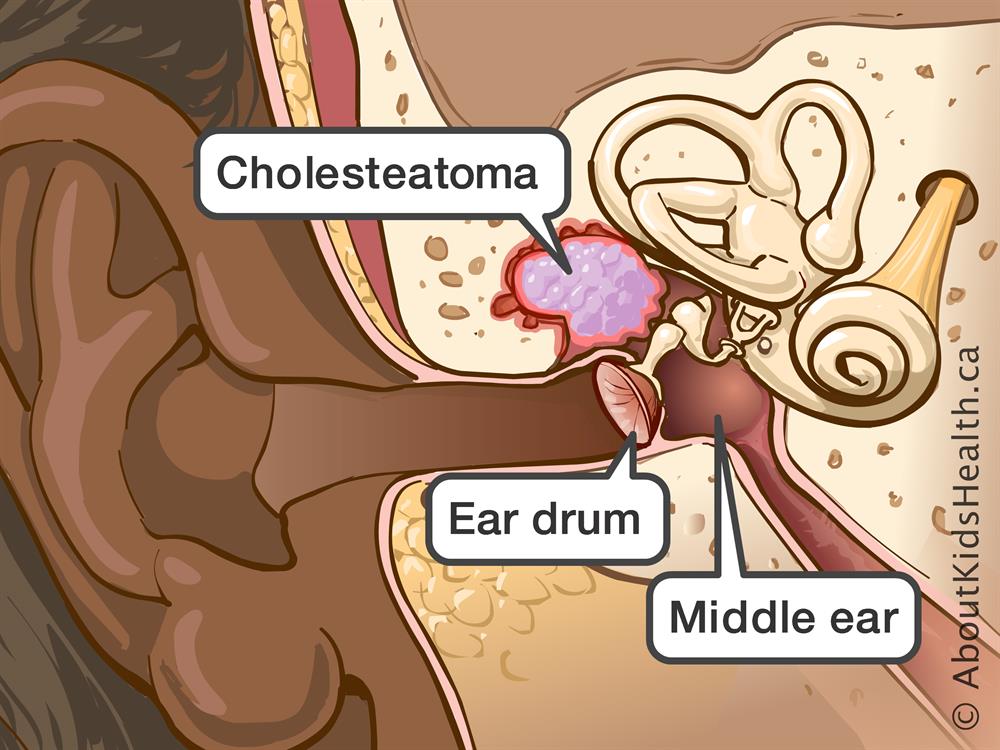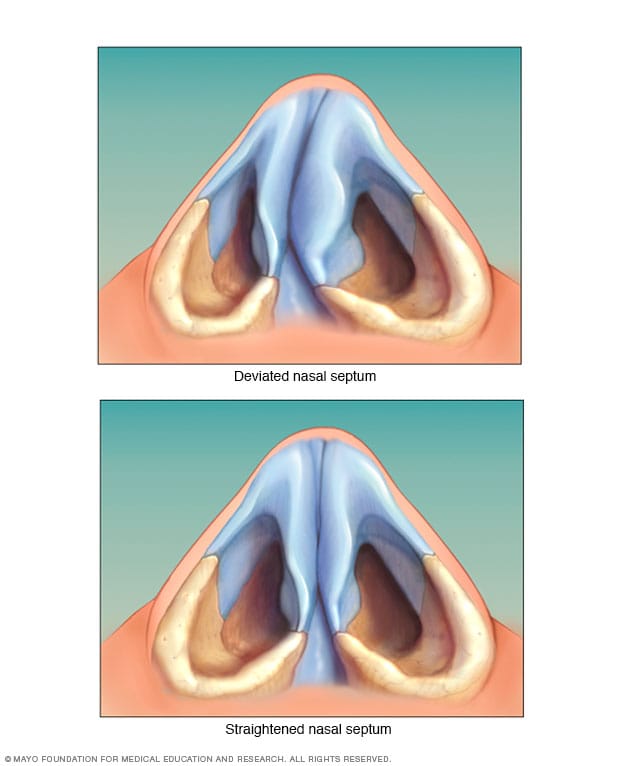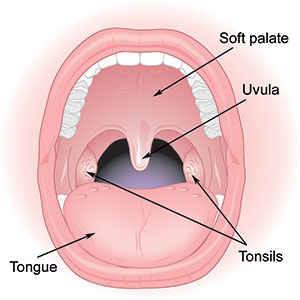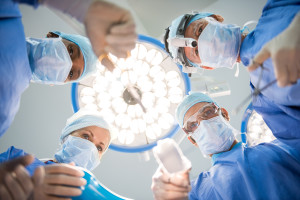What Is Circumcision?
Circumcision is the surgical removal of the foreskin, the tissue covering the head (glans) of the penis. It is an ancient practice that has its origin in religious rites. Today, many parents have their sons circumcised for religious or other reasons.
When Is Circumcision Done?
Circumcision is usually performed on the first or second day after birth. (Among the Jewish population, circumcision is done on the eighth day.) The procedure becomes more complicated and riskier in older babies, children, and men.
Circumcision Surgery: What to Expect
During a circumcision, the foreskin is freed from the head of the penis, and the excess foreskin is clipped off.
The procedure begins with medical staff cleaning then numbing the penis, either with a small shot of medicine or a numbing cream. They’ll put a clamp or ring on the penis, and the doctor removes the foreskin. A topical antibiotic ointment or petroleum jelly will then be put on the area, and it’s wrapped with gauze.
Older boys and men may be given medicine to sleep during the procedure.
When a newborn is circumcised, the procedure takes about 5-10 minutes. Adult circumcision takes about an hour.
Circumcision Surgery Follow-Up
The circumcision generally heals in 5-7 days.
With an infant, you should wash the penis with only soap and water until it heals. Don’t use diaper wipes. Gently apply petroleum jelly to the area every time you change a diaper and loosely rewrap the gauze bandage. Fasten diapers loosely when you change them. The area might look a little red or bruised, and you could see a little yellow fluid in the diaper.
Males circumcised as adults or older boys should take things slowly for 2-3 days. Then it’s usually OK for them to go back to school or work. They should drink plenty of water and other clear fluids, especially in the first 24 hours after the procedure. They also should ice the area for up to 2 hours the first day, 10-20 minutes at a time. They’ll need to wear loose, comfortable underwear and keep the dressing over the area until the doctor says to take it off.


